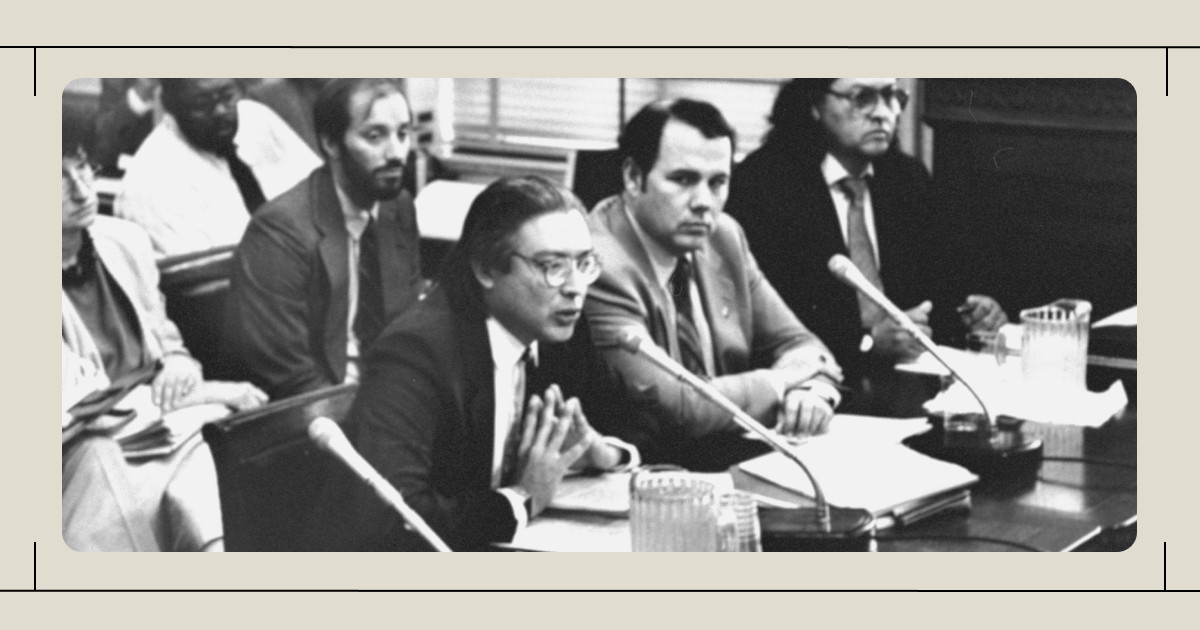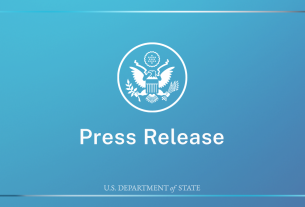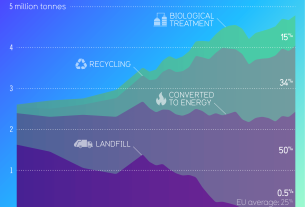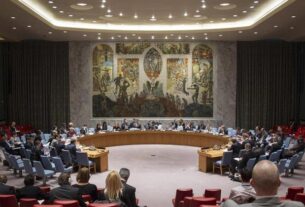|
Getting your Trinity Audio player ready...
|
When ProPublica set out to report on Native American remains and cultural items held by U.S. institutions, we knew we would need to listen closely to Indigenous people and gather feedback.
Repatriation can be a sensitive topic. Museums, universities and agencies in the United States hold the remains of more than 100,000 people and several hundred thousand funerary objects, a legacy of looting and the displacement of Native Americans during North America’s violent colonization.
“In life, they were not respected. They were forced to march. Removed,” said Danelle Gutierrez, the tribal historic preservation officer for the Big Pine Paiute Tribe of the Owens Valley. “Even in death, they aren’t respected.”
We heard similar sentiments from many Indigenous people. In May, we published a post inviting people to share what they knew, and sent it to hundreds of tribal leaders and historic preservation officers, as well as museum workers. We also showed tribal representatives an early version of our interactive tool and collected their feedback.
We heard some common questions about our reporting process, so we’ve created this post to answer them. If you have additional feedback, we’d like to hear from you. If you want to learn more about our specific efforts, we’re also happy to answer questions.
Why did ProPublica decide to report on repatriation?
ProPublica journalists Mary Hudetz (Apsaalooke/Crow), Logan Jaffe and Ash Ngu were interested in investigating whether the promises of the Native American Graves Protection and Repatriation Act, considered landmark human rights legislation, had been fulfilled.
Answering this question was consistent with ProPublica’s mission to investigate issues and hold powerful institutions and people accountable, with the goal of creating real-world impact. The journalists, along with others across ProPublica, spent almost two years working to understand the complexities and failures of NAGPRA. They plan to continue this reporting this year.
What are ProPublica’s intentions in reporting on repatriation?
From the outset of our reporting, it was clear that NAGPRA was not meeting its objectives. We wanted to understand why and what had happened in the 30-plus years since its passage. We’ve created an interactive tool that shows each institution’s progress — or lack of progress — on repatriation. The stories in this series and this tool reveal the scope of the failure of museums, universities and others to return human remains and objects.
We hope this tool is helpful to anyone interested in comparing institutions’ progress and to tribes and organizations seeking to facilitate repatriation. It also includes information about which institutions still have control of human remains that may be connected to specific tribes.
Like all of ProPublica’s journalism, the Repatriation Project does not advocate for specific reforms.
Why does ProPublica think its work can lead to change when Indigenous people have worked on repatriation for decades?
Tribal representatives, including some of those who informed our stories, advocated for the creation of NAGPRA and have pressured institutions to adhere to it since. For decades, they’ve testified in front of Congress, protested and worked with limited funding to reclaim their ancestors’ remains and dignity. We hope our reporting will encourage broader awareness of the slow progress of repatriation and those responsible for fixing it.
There are diverse viewpoints among and within the nearly 600 federally recognized Native American and Alaska Native tribes and villages, Native Hawaiian organizations and hundreds of tribes without federal recognition.
We received a wide range of feedback, especially after showing our interactive tool to 14 tribal representatives and several repatriation experts and museum officials. Some tribal leaders agreed the information should be published as a way to hold institutions accountable. Others regarded repatriation as a private matter within their communities.
We incorporated what we heard in ways that aligned with our journalistic mission. We also included important context and precise language, such as clarifying the limitations of the data — it’s reported by the institutions themselves — and what it means to “return” human remains.
We welcome additional feedback about the project.
How did ProPublica get access to the data on repatriation? Is this information public?
The data itself is not new, but the way we combined and visualized it is.
The inventory data that ProPublica used is public and is maintained by the National Park Service’s National NAGPRA Program. The program is only able to look up data by institution, rather than by tribe. We supplemented this data with information about tribes to which institutions made human remains available. We did this using notices that institutions publish in the Federal Register to notify tribes of human remains that they are making available for return.
You can read more about the data.
How accurate is the data on repatriation?
The inventory data was obtained from the National NAGPRA Program on Dec. 9. The amount of unrepatriated Native American remains reported by institutions is a minimum estimate of individuals, and institutions frequently adjust these numbers when they reinventory groups of remains. Some institutions that are subject to NAGPRA have also entirely failed to report the remains in their possession. As a result, the numbers provided are best taken as estimates.
If you work for an institution and believe any particular piece of data is incorrect, please email [email protected].
Is ProPublica profiting from The Repatriation Project?
No. ProPublica is a nonprofit organization, meaning that we are primarily supported by donations and grants. We don’t charge people to access our stories, which can be read for free on our website, or even republished at no charge under a Creative Commons license.
What do you plan to do next regarding repatriation?
ProPublica will publish additional stories about repatriation over the coming weeks, as well as a series of newsletters, which you can sign up for here. We plan to continue reporting on the topic.
If you have information about a particular institution or issues with repatriation, we’d like to hear from you. We’re especially interested in hearing Indigenous readers’ reactions to or personal stories about repatriation. We may feature these in future articles, but will make sure we have permission first.
How can I get in touch with ProPublica about repatriation?
If you have a story to share or question to ask, we invite you to fill out our form.
Submit A Tip
We take your privacy seriously, and we will contact you if we wish to publish any part of your story. We may not be able to respond to everyone, but we read each submission and they help inform our work.
If you wish for additional anonymity, please get in touch via one of these methods:
If you can’t access our form, contact our reporters at [email protected] or (206) 419-7338.
We also welcome additional questions and may update this page as we receive more.
Get in Touch
Know about an institution resisting repatriation? Have a personal story to share? We’d like to hear from you.
Learn How to Report on Repatriation
Join our reporters Jan. 18 for an
informational webinar.
Sign Up for the Newsletter



